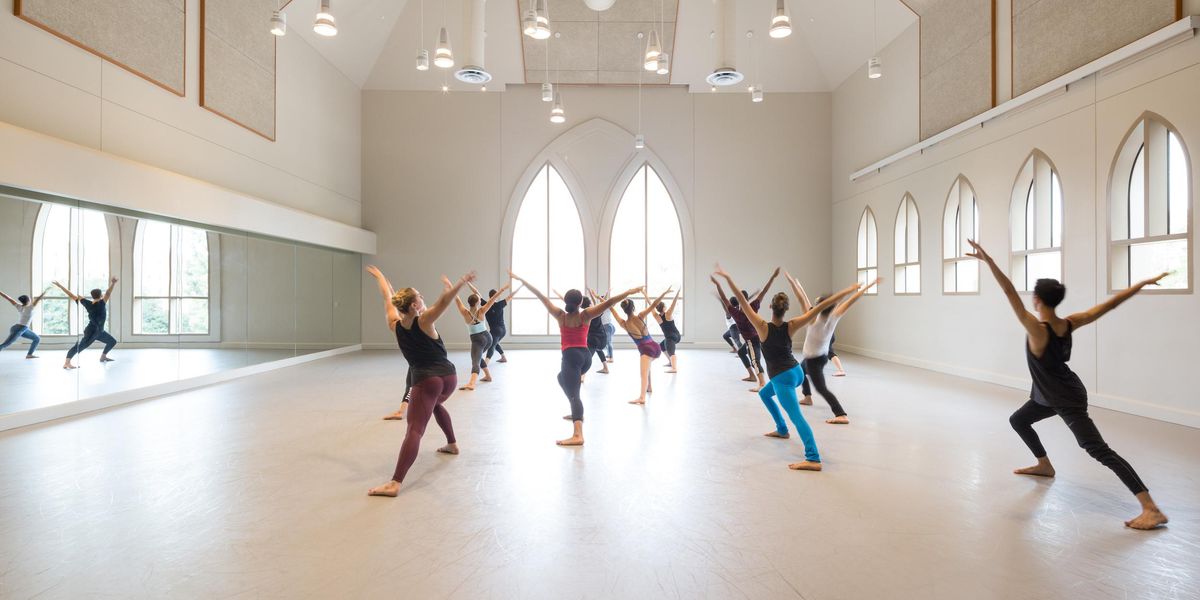Quick Q&A: Sonya Tayeh
The “So You Think You Can Dance” choreographer tackles martial arts and opera in off-Broadway’s Kung Fu.
When Sonya Tayeh got a call from her agent last summer about choreographing
Kung Fu, she didn’t hesitate. The off-Broadway play, which tells the story of Bruce Lee’s life, has a team the hard-hitting, edgy choreographer dreamed of working with: creator David Henry Hwang, director Leigh Silverman and “So You Think You Can Dance” Season 9 dancer Cole Horibe as the lead. Lee’s dramatic life, told through dance, martial arts and Chinese opera, previews February 4 and opens February 24 at the Signature Theatre in New York City. Tayeh, who recently moved from L.A. to New York to pursue theater work, spoke with Candice Thompson during the show’s initial two-week workshop.
With many disciplines in the show, what’s your vision for the dancing in
Kung Fu?
Lee’s father was a Chinese opera star and trained him, so it is back story important to show. We have a Chinese opera choreographer and a fight choreographer. I’m basically in charge of separating these beauties and blending them into one, so it all makes sense. The mix bleeds throughout all of the scenes, like a connective tissue.
Are these two movement vocabularies difficult to blend with dance?
Yes and no. Both disciplines move through space and are grounded, big and theatrical—so that part is easy. Well, I shouldn’t say easy. I am used to building my own work, but there is a lot of rep in this already. It is crucial for me to maintain the established movements of martial arts and opera. Not to contemporize these traditions, but to use dance to enhance the story instead of define it.
What is it like to work with Horibe as he channels Lee?
Cole has discipline like no one I have ever seen. He has been training in martial arts, so his body looks insane. He studies his craft obsessively. It’s a necessity for him, not a hobby.
Are there any elements of martial arts or Chinese opera that you might bring to “SYTYCD”?
I’m sure. I feel like my movement really connects to the martial arts posture—the aggression and dynamics, the use of space and the sharpness.
How does choreographing for theater differ from choreographing for TV?
One of the reasons I moved to New York was to work in theater. It’s an artistic shift, but I am falling in love with the process more every day. Plays and musicals take a long time to build. You revise scripts, change directors, change venues, you start over. Yes, it can take awhile. But it’s about being meticulous and perfecting it before it goes up. That’s the beauty of theater.
Photos by Rose Eichenbaum, Courtesy
Dance Teacher




